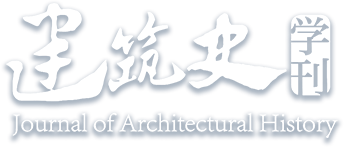Abstract:
The Yanzhen Scenic Map, a time-honored Chinese cartographic artifact dating back to the latter half of the 16th century, meticulously captures the intricate labyrinth of streets that characterize the Yanzhen region. Adhering to the canonical symbolism inherent in traditional Chinese mapping, it distinguishes itself by offering a scale of representation seldom found of its kind, and achieves through its comparatively exhaustive depiction of street-side architectural facades. As a testament to the Cheng lineage’s genealogical heritage, the map underscores the exact positioning and intricate composition of the Cheng family’s ancestral estates, thereby unvealing information of the Yanzhen district’s urban tapestry. Through analysis and interpretation and based on a thorough understanding of the map’s primary structure for restoration, this paper attests to the credibility of the number of houses depicted, particularly along the main thoroughfare, and further posits that the map might have employed this depiction as a means of scale control. Additionally, by scrutinizing the urban texture on the map, this paper delves into the fundamental methodology for organizing and integrating fragmented micro-urban fabric information within the context of traditional Chinese map.


 下载:
下载: